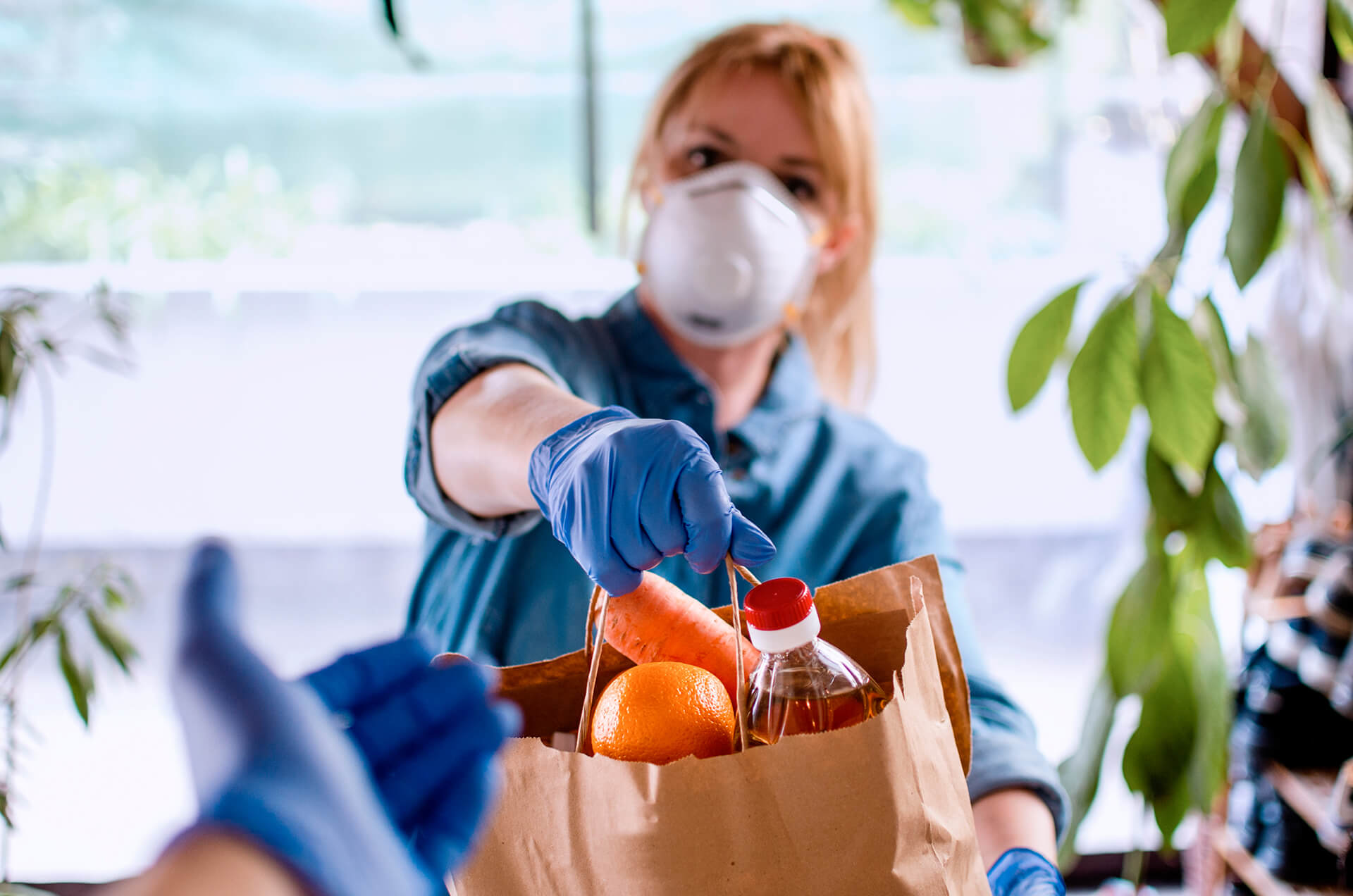
See how one website can help prevent that from happening during these tough times caused by the coronavirus.
Think of the essential you genuinely need to survive. Then think of how they’ve been impacted since COVID-19 came onto the scene.
The Low-Income Home Energy Assistance Program (LIHEAP) offers a variety of benefits and services that are slightly different in each state. However, most of the benefits can be grouped into three categories: financial assistance with power bills, emergency relief in crisis situations, and support for families who desire to make their homes more energy efficient.
Financial aid awarded for cooling and heating is determined by gross annual income, number of people in the household, and size of the home. Other factors might include type of fuel or related statistical data. More benefits are allocated to elderly and disabled people.
For example, a family of three from North Dakota in a three bedroom house with annual income of $5,000. The formula used by the state’s Department of Human Services dictates that, if the family reports $1,000 on power bills each year, they would have to cover $200 while the LIHEAP program subsidizes the remaining $800. This means that the family would only have to set aside 4% of their annual income to cover 20% of their power bills.
The subsidy only covers cooling and heating bills. Water and sewer bills are not part of the LIHEAP program. An exception is made for families that rely on water for air conditioning. Some states provide money to cover only a house’s main heating source. A family that relies on gas to heat their home may get support to pay only their gas bill instead of all their power bills.
LIHEAP recipients can use a portion of their awarded funds towards making a home more energy efficient. The government refers to these improvements as “weatherization.” For example, people can fix leaky doors or windows, install insulation, or replace broken air conditioners. The Low Income Weatherization Assistance Program is made available by the Department of Energy to help families weatherize their homes.
There are two main reasons to use this site for your coronavirus food assistance needs. First, it’s an official site of the U.S. government, meaning you can trust it without worrying about misinformation or being scammed. Second, it showcases various ways to get help with food in one place.
If you need food so severely that hunger has already struck, your best bet is to get immediate aid via the National Hunger Hotline. This phone line comes from the U.S. Department of Agriculture, and it’s intended to offer emergency food assistance.
You can get advice in English or Spanish by calling 1-866-3-HUNGRY. Just make sure you call during the line’s office hours, which are 7 am to 10 pm Monday through Friday.
The National Hunger Hotline isn’t the only number to call if you need immediate food aid, as 211 is another. Dialing those three digits on your phone can point you in the right direction of any local emergency food assistance from churches and other religious organizations or community groups.
Do you have any children who attend school? Check out the section on the USA.gov food assistance page regarding free food programs for school-age children. It can offer a huge help, even though children may be learning virtually for a while.
Financial issues from the coronavirus may be a wakeup call that you need food assistance not just now, but possibly into the future as well. For long-term support, USA.gov offers two programs: The Supplemental Nutrition Assistance Program (SNAP) and the Special Supplemental Nutrition Program for Women, Infants and Children (WIC).
SNAP (aka food stamps) is widely popular and can give you the buying power necessary to get groceries. If accepted, you may get a card that can be swiped at participating stores to help you pay for food.
WIC functions similarly to SNAP, but it’s intended for pregnant women or those with very young children. WIC may have more food restrictions that limit you to buying certain products. Regardless, it can help, especially since caring for young children can be quite costly.
Natalia crafts informative articles on many subjects that affect peoples lives. With an eye on her own loved ones, her writing engages and resonates with younger and older adults alike. Her background includes a bachelor's degree in journalism and more than six years as a writer and researcher covering topics like retirement, senior care, and health. She also writes about college, vocational training, and career planning.